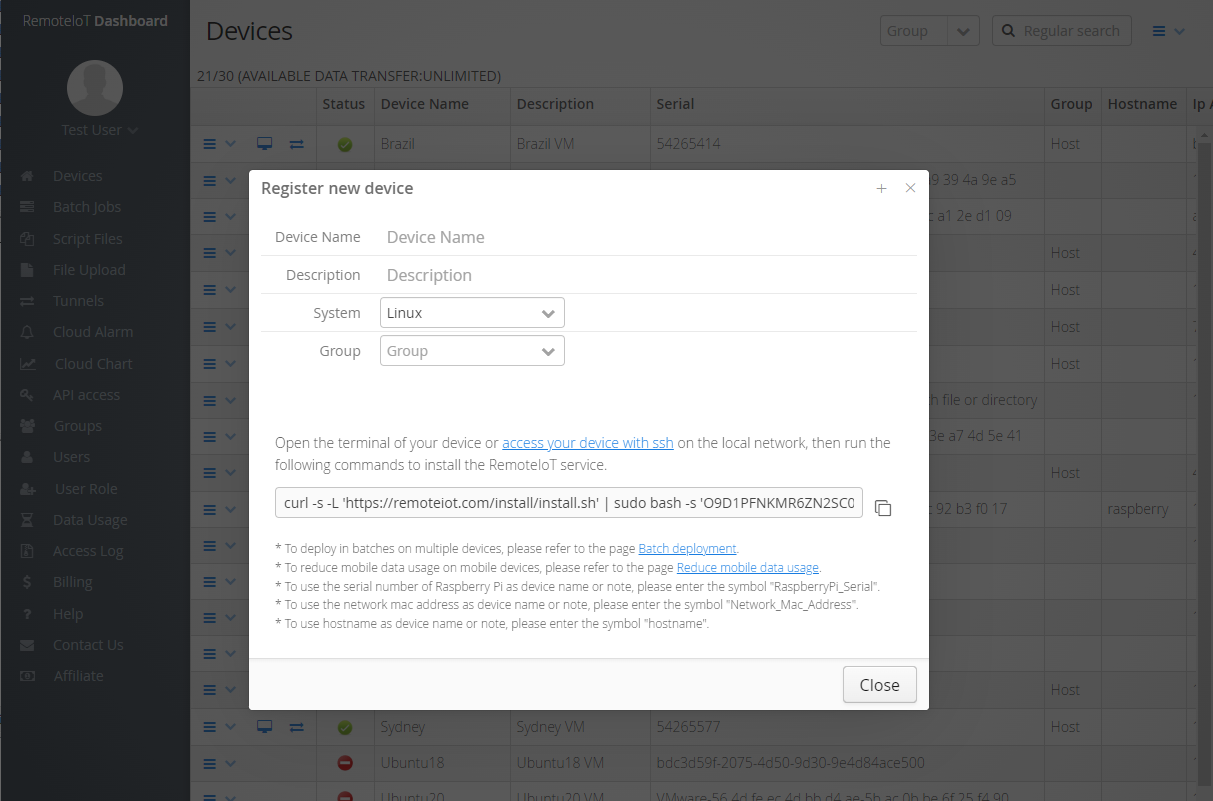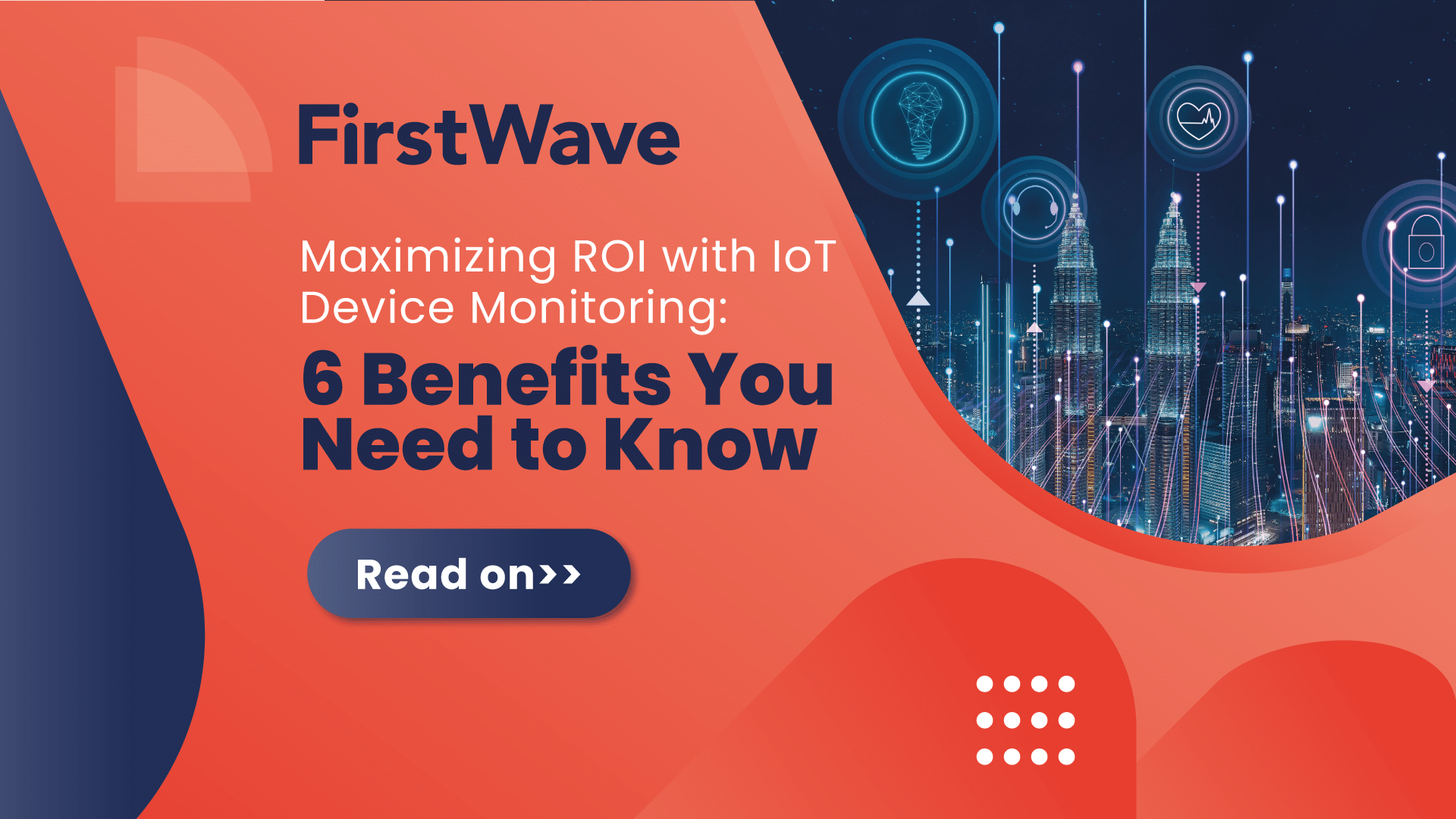IoT Device Remote SSH Free - Simple Access For Your Gadgets
Keeping an eye on your smart gadgets and little computers, even when you are far away, has become a pretty big deal. Think about all those devices that talk to each other, like the ones that make your home smarter or help businesses run smoother. It's almost as if they need a way to stay connected to you, no matter where you happen to be. That connection needs to be simple to set up, secure so no one else can peek in, and honestly, it helps a lot if it doesn't cost you anything extra.
People are always looking for straightforward ways to handle these connected things. You want to be able to check on them, change settings, or fix a small issue without having to physically go to where they are sitting. This is where something called SSH, which stands for Secure Shell, comes into play. It's a method that lets your computer or phone talk to another device in a very private and safe way, so you can give commands and get information back.
The really good news is that there are many ways to do this kind of remote access for your IoT gadgets, like a Raspberry Pi, and a lot of them are completely free to use. You might be surprised at just how much control and peace of mind you can get without opening your wallet. We'll look at how this works, what tools you might use, and how to keep everything nice and safe, you know, just to be sure.
Table of Contents
- What Exactly is Remote SSH for IoT Devices?
- Why Is Remote SSH So Important for IoT Device Management?
- Keeping Your IoT Device Remote SSH Free Connections Safe
- Accessing Your IoT Device Remotely with Android
- How Can You Set Up Remote SSH for Your IoT Device?
- Tools for Your IoT Device Remote SSH Free Setup
- Getting Your Raspberry Pi Ready for IoT Device Remote SSH Free Access
- Is Remote SSH for IoT Devices Really Free?
What Exactly is Remote SSH for IoT Devices?
So, you might be wondering, what is this "SSH" thing when we talk about your little internet-connected devices? Well, it's a special way for two computers, or in this case, your computer and an IoT device, to chat with each other over a network. Think of it like making a very private phone call where everything you say is scrambled up so no one else can listen in. This secure conversation allows you to send instructions to your device and receive information back, all from a distance. It's pretty cool, actually.
When we say "remote," it just means you don't have to be right next to the gadget to work with it. You could be across the house, or even in a different city, and still manage it. This is super handy for things like a smart sensor out in the garden or a tiny computer monitoring something in your garage. You get to keep an eye on things without having to physically go there, which is a bit of a time-saver, you know? It truly opens up a bunch of ways to keep your devices running smoothly and safely, no matter where you are.
Why Is Remote SSH So Important for IoT Device Management?
As more and more of our everyday items connect to the internet, having a good way to manage them from afar becomes a real must-have. Imagine having a bunch of smart devices spread out, maybe in different rooms or even different buildings. Going to each one every time you need to check something or make a change would be, frankly, a bit of a hassle. This is where remote access steps in to make your life a whole lot easier. It's essentially about being able to keep tabs on everything without moving an inch.
Using SSH for this job is especially good because it builds a very secure channel between you and your device. This means that when you send commands or receive data, it's all protected from prying eyes. You really want to make sure that sensitive information stays private and that no one can mess with your devices without your permission. This kind of secure connection helps keep your whole setup safe and sound, which is, you know, a very important thing these days.
Keeping Your IoT Device Remote SSH Free Connections Safe
When you're connecting to your devices from far away, keeping those connections safe is a big deal. You want to make sure that only you can get into your smart gadgets. Using SSH helps with this because it scrambles the information that goes back and forth. This stops others from seeing what you're doing or sending their own unwanted commands. It’s about protecting your private stuff and making sure your smart things do what you want them to, and nothing else, more or less.
There are some good ways to make these connections even more secure. For example, using special keys instead of just a password can make it much harder for someone to guess their way in. It's like having a very unique, complex lock and key for your device. Also, picking tools that are known for being strong and reliable helps a lot. You want to avoid anything that might have hidden weaknesses. Basically, putting a little thought into security at the start can save you a lot of worry down the road, to be honest.
Accessing Your IoT Device Remotely with Android
It's pretty neat that you can actually manage your IoT devices right from your Android phone, no matter where you are. Think about it: your phone is usually with you, so being able to check on your smart home or a small computer project while you're out and about is incredibly convenient. This means you can send commands, look at data, or even restart a device with just a few taps on your screen. It's a very flexible way to stay connected to your gadgets.
Getting this set up on your Android device involves a few straightforward steps. You'll need to make sure your IoT device is ready to accept these secure connections, and then you'll use a special app on your phone to make the link. There are quite a few free apps out there that can help you do this. It's a way to bring the control of your smart things right into your pocket, and that, is that, really a big plus for a lot of people.
How Can You Set Up Remote SSH for Your IoT Device?
Getting your IoT device ready for remote access through SSH isn't as tricky as it might sound. The main idea is to tell your device, like a Raspberry Pi, that it should listen for incoming SSH requests. This often involves making a small change in its settings or putting a special file on it. Once that's done, your device is ready to have a secure conversation with you from anywhere. It's a pretty fundamental step, and honestly, it's quite simple to do.
After your device is listening, the next part is about using a program on your computer or phone to make the connection. These programs, sometimes called clients, help you type in commands and see what your device is doing. They handle all the secure parts of the connection for you, so you don't have to worry about the technical bits. Following a clear set of instructions can get you up and running very quickly, which is a good thing for sure.
Tools for Your IoT Device Remote SSH Free Setup
When you want to connect to your IoT devices from a distance, there are some great tools that won't cost you anything. For people using Windows computers, there are programs that are light and easy to use. These programs allow you to type commands and see what's happening on your device. They're designed to be straightforward, so you can get to work without too much fuss, you know?
Then there are options for your Android phone too. You can find apps that let you securely manage your devices right from your pocket. These apps are made to be simple to use, giving you control over your gadgets no matter where you are. Whether you're on a computer or your phone, the main idea is to pick a tool that feels comfortable and gets the job done safely. There are quite a few choices out there, so you can pick what works best for you, more or less.
Getting Your Raspberry Pi Ready for IoT Device Remote SSH Free Access
A Raspberry Pi is a really popular choice for many IoT projects, and getting it set up for remote SSH access is a common task. It's a tiny computer that can do a lot, and being able to control it without plugging in a keyboard and screen is super helpful. The basic process involves telling the Raspberry Pi to allow SSH connections. This is usually a simple setting you can switch on when you first set up the device, or you can do it later with a quick command.
Once SSH is turned on, you can then use one of those free client tools we talked about earlier to connect to it. This means you can run programs, check files, and basically do anything you'd do if you were sitting right in front of it. It’s a very handy way to manage your Raspberry Pi projects, especially if they are located somewhere out of the way. This freedom to manage your device from anywhere is, quite honestly, a huge benefit.
Is Remote SSH for IoT Devices Really Free?
One of the best things about using SSH for remote access to your IoT devices is that, for the most part, it truly is free. The core technology, SSH itself, is open and available for anyone to use. This means you don't have to pay for licenses or subscriptions just to make a secure connection to your own gadgets. It's a pretty big deal for hobbyists and even small businesses who want to keep costs down.
The tools you use to connect, like the programs for your computer or the apps for your Android phone, also often come without a price tag. Many of the most reliable and widely used SSH clients are free to download and use. So, you can set up a secure way to watch over and control your smart devices and tiny computers without having to spend any money at all. This allows you to focus your resources on your actual projects rather than on access fees, which is, you know, a very practical approach.
This whole idea of connecting to your IoT devices from a distance, using something called SSH, is a powerful and secure way to keep tabs on your gadgets. It means you can manage things from wherever you are, which is super convenient. By using the tools that don't cost anything and following some smart steps, you can really take control of your devices. Whether you're using a computer program or an app on your phone, the main goal is to make sure your connections are safe and work well. This kind of remote access has become a key part of handling today's connected devices, offering a lot of convenience, flexibility, and better security.

IoT SSH Remote Access - SocketXP Documentation

How to remotely ssh iot device in web browser

SSH Remote IoT Device Android: A Comprehensive Guide